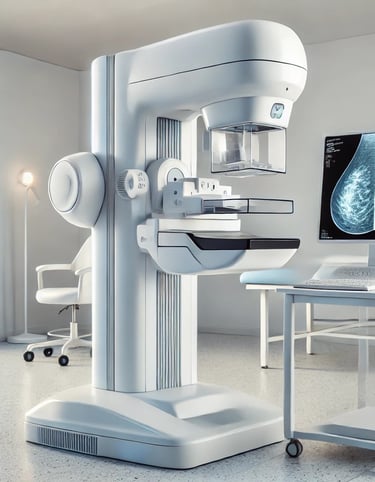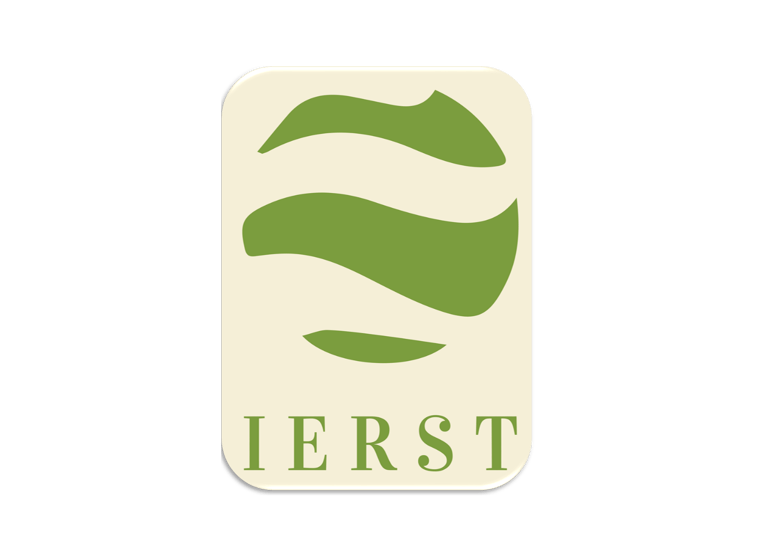Empowering researchers to achieve more
AI-boosted mammograms: What is the mechanism ?
AI-boosted mammograms primarily utilize deep learning algorithms, particularly convolutional neural networks (CNNs), to analyze and interpret mammogram images
2/8/2025


AI-boosted mammograms: what is the mechanism?
AI-boosted mammography primarily utilizes deep learning algorithms, particularly convolutional neural networks (CNNs), to analyze and interpret mammogram images [1,2]. These algorithms are trained on large datasets of mammograms to detect and characterize breast lesions, assess breast density, and predict cancer risk.
The mechanism of AI in mammography involves:
1. Image analysis: AI systems process mammogram images to identify potential areas of concern, such as masses, calcifications, or architectural distortions [1,2].
2. Feature extraction: The algorithms extract relevant features from the images, which may include both visible and subtle patterns that might not be easily discernible to the human eye [1,3].
3. Risk scoring: Some AI systems assign risk scores to mammograms, indicating the likelihood of malignancy [4]. These scores can range from low to high risk, helping prioritize cases for further evaluation.
Interestingly, studies have shown that AI systems with the highest performance in cancer detection do not solely rely on localized breast lesions for decision-making. Instead, they incorporate information from larger image regions, suggesting a more comprehensive analysis approach [1].
In conclusion, AI-boosted mammography leverages deep learning algorithms to enhance the accuracy and efficiency of breast cancer screening. By analyzing complex image characteristics and incorporating various data points, these systems aim to assist radiologists in improving cancer detection rates while reducing false positives and missed cancers [5,2].
References
1. Pertuz S, Ortega D, Suarez É, Cancino W, Africano G, Rinta-Kiikka I, et al. Saliency of breast lesions in breast cancer detection using artificial intelligence. Scientific reports. Springer Nature; 2023;13.
2. Yoon, J. H., & Kim, E. K. (2021). Deep learning-based artificial intelligence for mammography. Korean journal of radiology, 22(8), 1225.
3. Vicini, S., Bortolotto, C., Rengo, M., Ballerini, D., Bellini, D., Carbone, I., ... & Faggioni, L. (2022). A narrative review on current imaging applications of artificial intelligence and radiomics in oncology: Focus on the three most common cancers. La radiologia medica, 127(8), 819-836.
4. Larsen M, Mikalsen KØ, Olstad CF, Auensen S, Martiniussen MA, Lång K, et al. AI Risk Score on Screening Mammograms Preceding Breast Cancer Diagnosis. Radiology. Radiological Society of North America Inc.; 2023;309.
5. Schaffter, T., Buist, D. S., Lee, C. I., Nikulin, Y., Ribli, D., Guan, Y., ... & DM DREAM Consortium. (2020). Evaluation of combined artificial intelligence and radiologist assessment to interpret screening mammograms. JAMA network open, 3(3), e200265-e200265.
